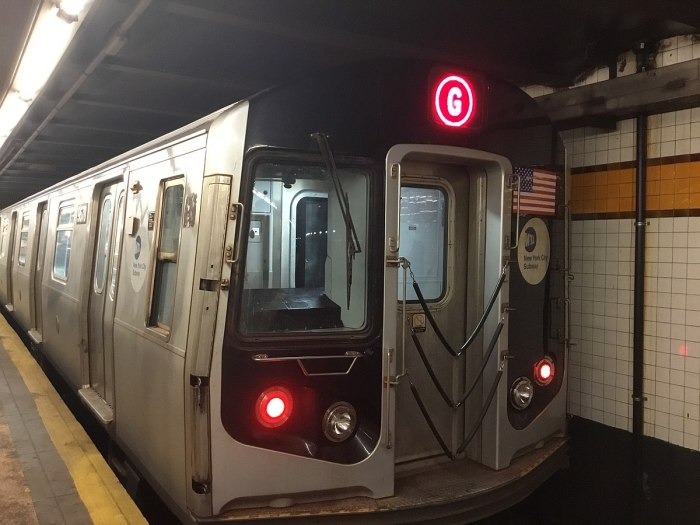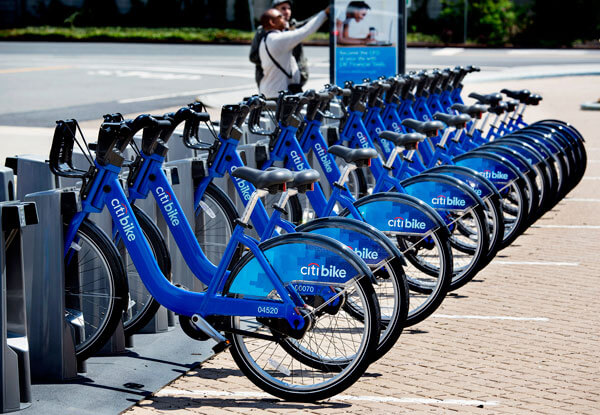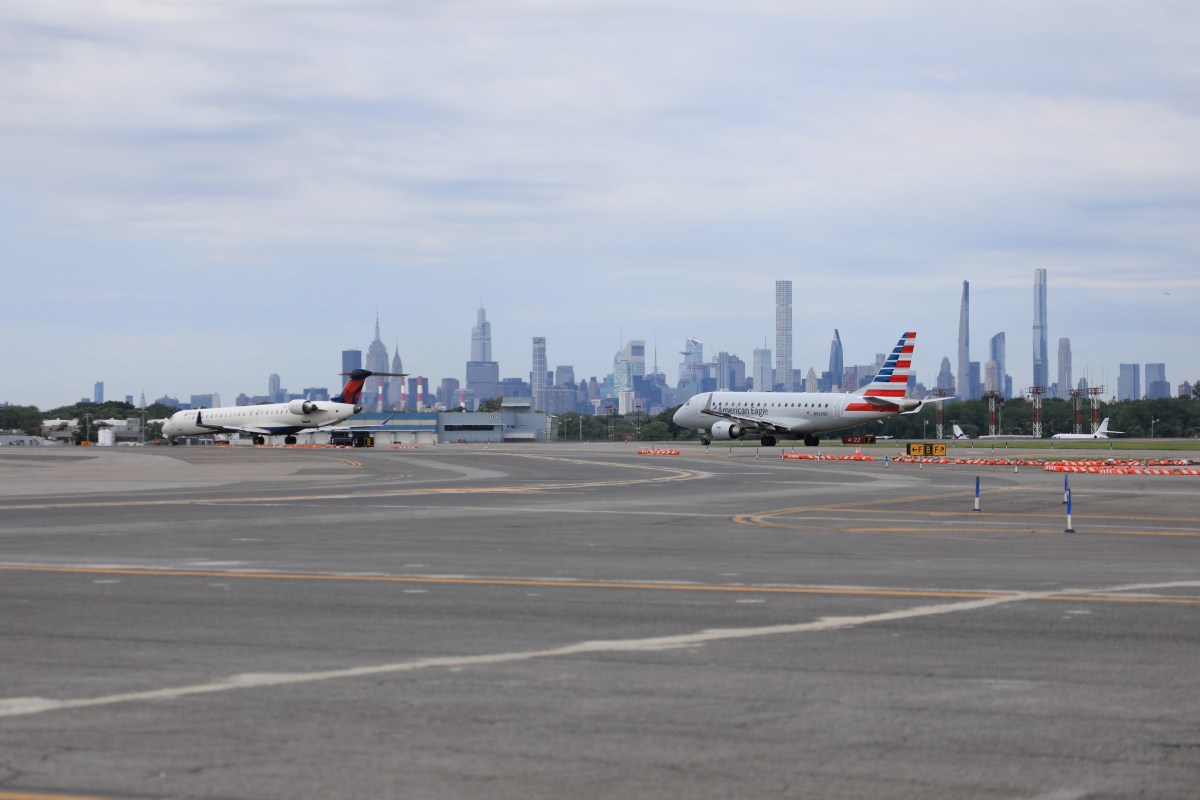What would a young Bernie Sanders think about the world in 2016?
Sanders and other civil rights activists of his generation would recognize the racism that still permeates American society. And though pundits say a monolithic “black vote” will determine the future of Sanders’ presidential aspirations, it’s notable that whites continue to control nearly all of the country’s institutions of power.
All of this, even Sanders’ struggle to connect with African-American voters, is unsurprising — foreshadowed even — if you go back in time to Sanders’ old Brooklyn neighborhood.
When busing began at Sanders’ alma mater, James Madison High School, black students began to enroll in the predominately white school. Students from Jewish neighborhoods like Madison and Flatbush and Italian and Irish enclaves in Gerritsen Beach and Marine Park were joined by new classmates from Bed Stuy, Brownsville, Bushwick and Williamsburg.
Busing didn’t really create racial harmony. Black and white students didn’t sit together in the cafeteria; in classes, they almost always went to opposite sides of the room.
In 1973, tensions came to a head and the school was shut down for two days because of what a city report later called “racial disturbances.”
When Madison H.S. was in turmoil, Sanders was already living in Vermont. Just before the busing program began in 1964, Sanders had been protesting racial inequality while a student at the University of Chicago.
But the little-known history of Madison’s racial tensions helps to explain the fractured electorate and informal segregation that persists today.
Unintended consequences
In the wake of Brown v. Board of Education ruling, New York City began to explore busing as a means of integrating public schools. Thought by city officials to be a liberal and tolerant neighborhood, Madison was one of the first schools in Brooklyn to receive out-of-zone minority students.
It was an era of radical thinking, radical solutions and radical responses. Madison went from being an extremely homogenous school, in Sanders’ time, to having a 30 percent minority population.
For a while, there seemed to be few problems of racial tension in either the neighborhood or the school. Madison’s good reputation and liberal principles seemed to be holding strong. Even gay students were accepted to some level, participating discretely in the school’s SING drama program, says Peter Goodman, a former teacher in the school.
But tensions were just under the surface. There was de facto segregation of student activities and growing discontent among neighboring communities, particularly lower-income neighborhoods such as Gerritsen Beach, according to an after-action report from the city’s Commission on Human Rights.
The spark came when a white student leaving a school bathroom bumped into a black student, and a fight broke out. Further fights continued at a basketball game, and the next week the fights escalated into large-scale crowd disturbances.
The New York Times reported that white students were “armed with sticks, window poles, pipes, canes and chairs”; upon hearing a rumor that a handful of female black students were “trapped” in a nearby luncheonette, black students marched down the block and were set upon by a white crowd.
The next morning, some black students “rampaged” through the school halls and broke into classrooms, while a violent white crowd gathered outside. Calm didn’t totally return until Christmas vacation.
The legacy we live with
The city after-action report did not vilify Madison, noting that the school merely “share[s] with the rest of the nation and with virtually all its institutions the failure to come to grips with the needs of workable integration.”
Madison High is more integrated today, with a majority-minority student body: 17 percent black, 17 percent Hispanic and 21 percent Asian in 2015. But the surrounding neighborhood is still largely white.
On that front, not much has changed since Sanders’ childhood.
The far reaches of Brooklyn were “parochial in nature,” says John Manbeck, a former Brooklyn borough historian who graduated from Madison in the late 40s.
Manbeck remembers students of his who didn’t know how to get to the Brooklyn Bridge, and fellow Brooklynites who went to the Empire State building for their honeymoon—”you knew your own neighborhood,” Manbeck says.
These days we might venture farther but our neighborhoods, workplaces, and sites of leisure are no less homogenous. The busing of the 60s and 70s and accompanying attempts at integration made gains but didn’t result in the racial utopias that civil rights protesters and even Sanders advocated for.
Today, we’re still trying, and Sanders is still struggling to show that his message can work for one and all.
This is amExpress, the conversation starter for New Yorkers. Subscribe at amny.com/amexpress.



































